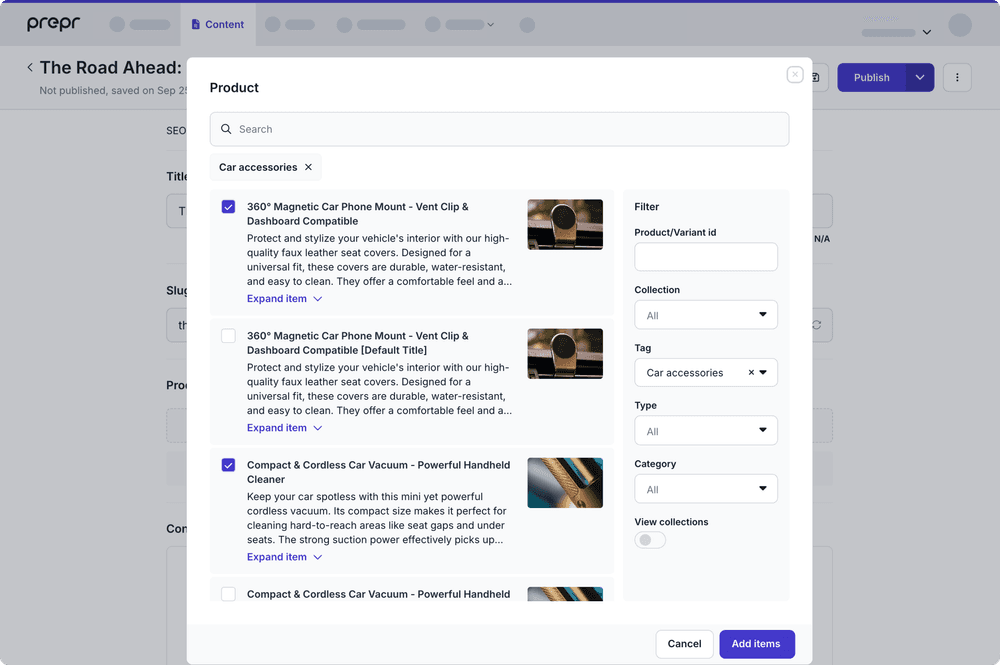Shopify has grown into one of the world’s most important e-commerce platforms. Today, more than 4.6 million websites run on Shopify, making it one of the leading e-commerce solution globally, with nearly 11% of market share in 2025. It’s easy to see why.
Shopify gives businesses of all sizes the tools to launch and grow an online store, from marketing and payments to inventory and customer management. For many, it’s the go-to solution for starting and scaling an online business.
However, there’s an old proverb that says “render unto Caesar what is Caesar’s.” In other words, give each thing its proper role. And when it comes to e-commerce, Shopify deserves credit for what it does best. It was built to manage products, process orders, handle payments, and connect the dots on logistics. Few platforms can match its efficiency on those fronts.
But Shopify was never designed to be a content management system. Product pages are functional, but they rarely tell the full story.
That’s where the challenge begins.
Content is what turns a catalog of items into a living brand. Yet in many Shopify setups, content and products live in different worlds. Teams spend hours copying product details into articles, updating prices manually, and double-checking everything when product information changes. It wastes time, invites errors, and makes it difficult to keep pace with customer expectations.
The challenge isn’t just about inconvenience.
When content and products live in separate systems, the cracks start to show in everyday workflows. A marketer writing a blog post about a new product line has to pull details from Shopify, copy them into the CMS, and format everything manually. If there are variants like sizes, colors, or bundles that information often has to be recreated by hand.
From a technical perspective, this means Shopify remains the single source of truth for product data, while the CMS becomes a separate, static copy. Any time something changes in Shopify, a price update, a new image, or a product going out of stock, the CMS content risks becoming outdated. Teams then scramble to catch up, checking articles and landing pages to make sure nothing is wrong.








